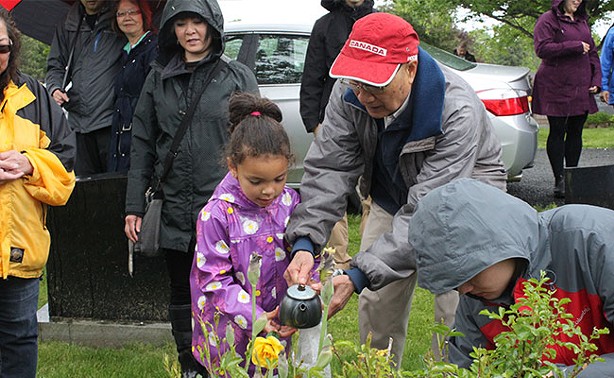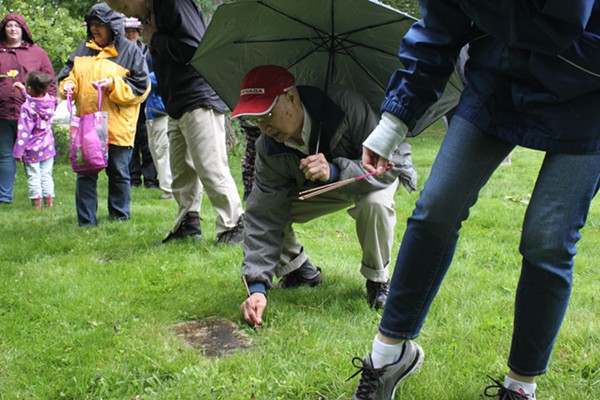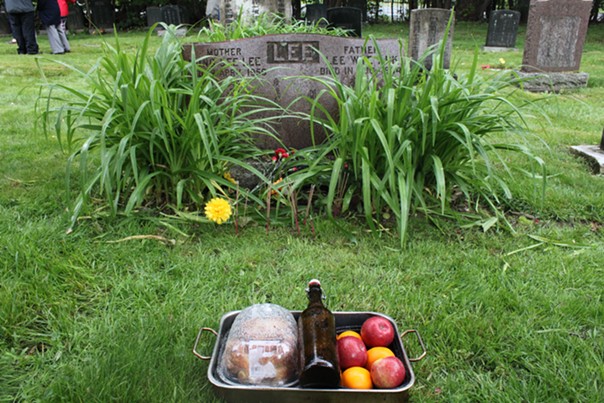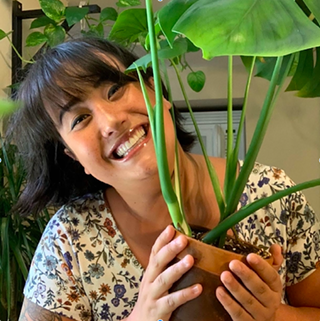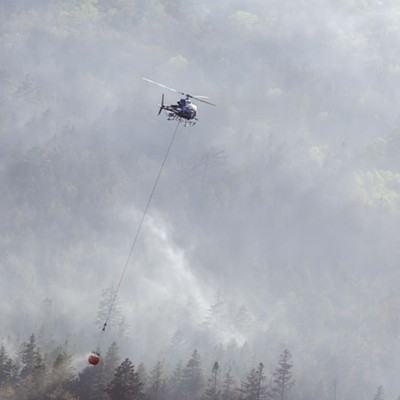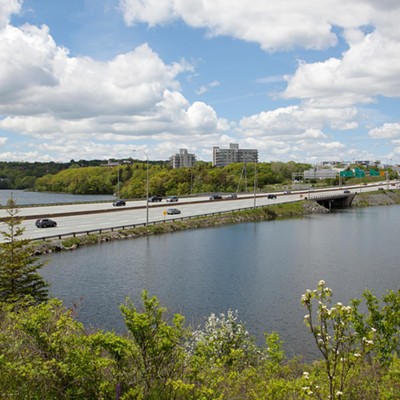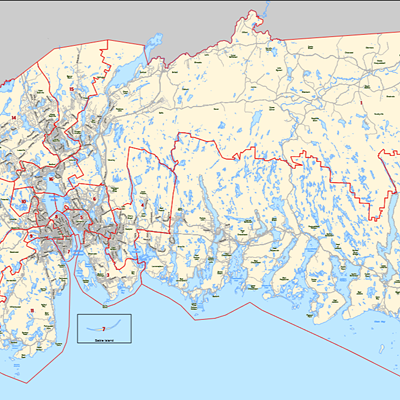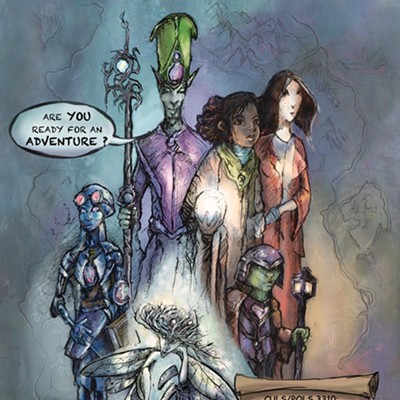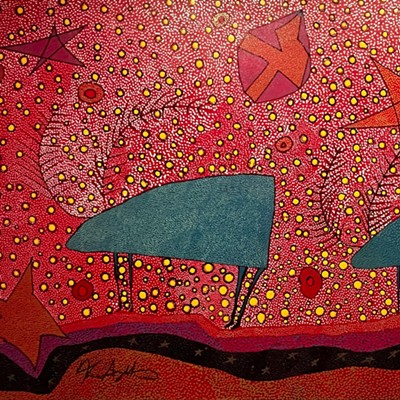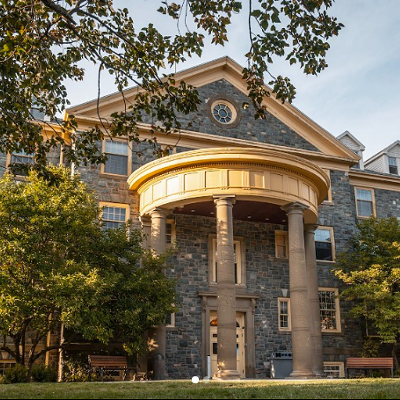The grey skies and mild downpour last Saturday didn't spoil the Lee Hung San, an annual celebration where the Chinese community pays homage to their deceased ancestors.
Each spring, this small but feisty community marches through three different cemeteries in HRM, paying their respects with a platter of chicken and fruit, and a bottle of beer to pour over the dead. All except one.
"She doesn't like beer," explains George Lee Sr., as he gently pours hot tea over his wife's grave.
"You liked tea; you've got tea," the 84-year-old whispers to his wife, Mooner, who passed away 11 years ago.
Hung San, which translates to "hill walk," is one of the few remaining Chinese traditions among the community in Halifax. Each family—or association, since not every Lee is related—holds a Hung San.
"It's basically once a year that we get to meet, other than funerals," says Richard Lee, one of the co-organizers.
Blue curls of smoke cling to the air as Richard ignites a thick bundle of incense and hands three sticks—the number three is lucky—to family members to plant in the soft ground. They place the incense, bow three times and move to the next headstone.
Respect for ancestors, both living and dead, is an important tradition in the small villages of southern China, where many of the first Chinese immigrants to Canada's east coast originated.
"In China there are shrines and you do the annual ceremony with the food and pay respects," says Shirley Lee, the daughter of George Lee Sr. "Also [we offer] money, so they have money to spend in heaven or the spirit world. This is just re-doing that, here."
Most of the Lee association today is second- or third-generation Canadian. The first wave of Chinese immigration occurred in the late 1800s and early 1900s, but fears of immigrant labourers stealing jobs and xenophobic governments kept them from becoming Canadian.
In 1923, the Chinese Immigration Act—better known as the exclusion act—heavily restricted immigration from China into Canada. Many families were separated for over 20 years until it was repealed in 1947.
To add insult to injury, the law was passed on July 1 of 1923. Many Chinese Canadians still refer to Canada Day as Humiliation Day.
The elders at the Hung San on Saturday would have endured hardships and heartache from these laws.
For their families, the day ends at the May Garden
George Lee Sr., who came to Canada in 1949, sits across from his daughter, Shirley Lee, and her two children. They're part of the next generation to continue these traditions.
"Hopefully they will carry on the traditions," says Shirley of her kids. "When our generation moves on, it's time for them to carry it on."

